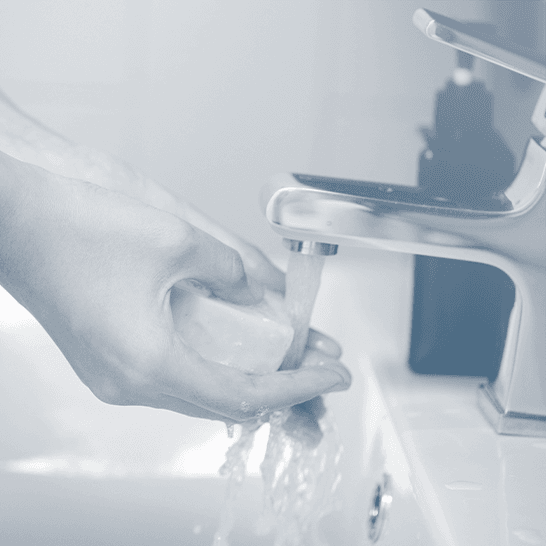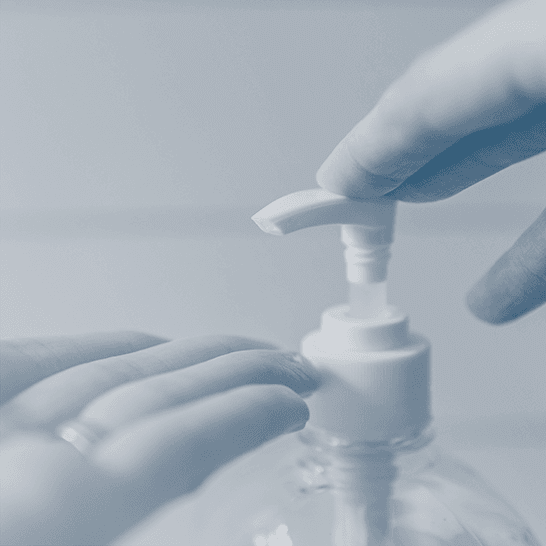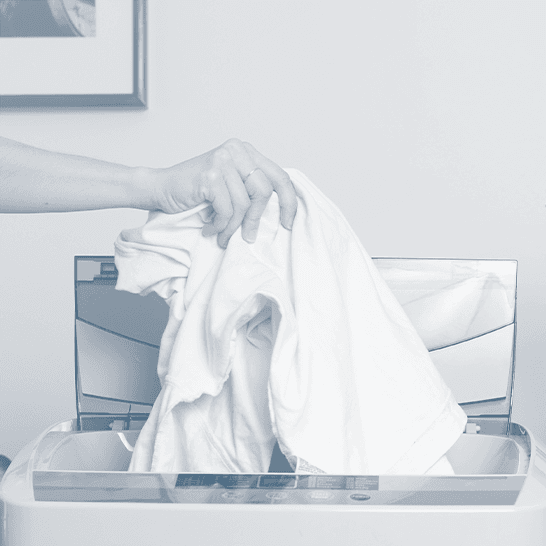THE MAIN HYGIENE MISTAKES THAT (ALMOST) EVERYBODY MAKES
The hectic pace of modern life, with its emphasis on speed and efficiency, sometimes creates paradoxical effects. Even though we have never used so many chemicals in our daily lives, the number of respiratory allergies and infections has increased significantly worldwide in recent decades.
It is essential to learn basic hygiene practices in order to protect yourself and avoid the spread of germs. However, whether in rich or developing countries, it’s not something that eveyone knows about. There are some simple and natural rules that are still often omitted or neglected. Here are some mistakes to avoid:
I.
Poor or no hand washing

II.
Lack of personal hygiene

III.
Overuse of sanitising gel
IV.
Neglecting your home
V.
Haphazard use of chemicals
Chemicals offer guaranteed impeccable hygiene.
However, they are not without health consequences. Poisoning, allergies, respiratory discomfort and diseases are the risks caused by the harmful molecules contained in or released by household products. In medical and professional settings, the problem is especially significant when chemicals are used carelessly and in large quantities.

